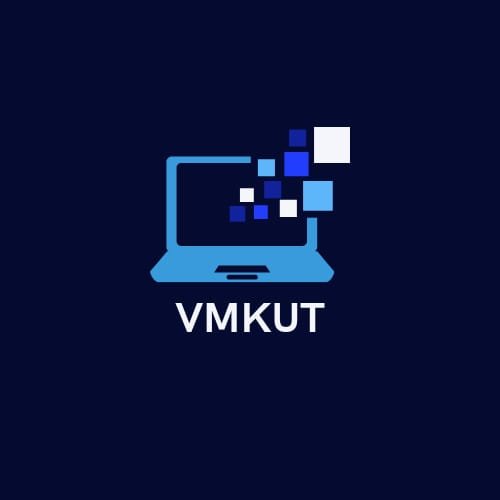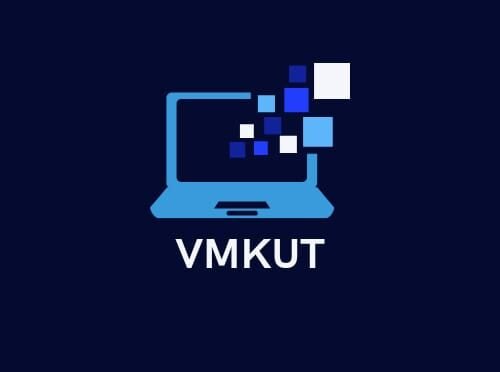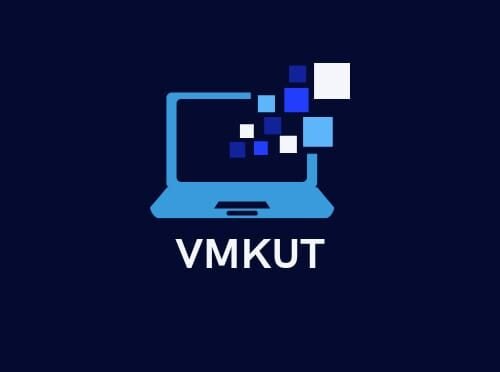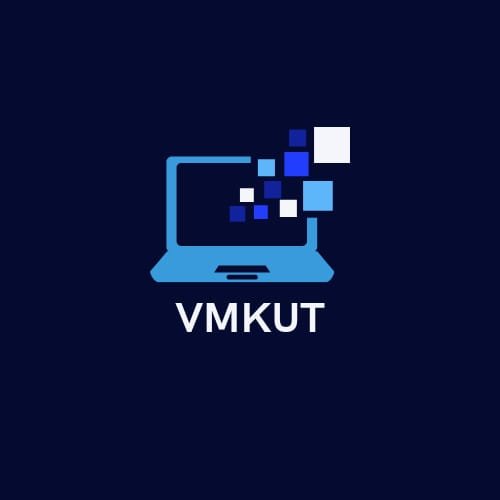Introduction
In the digital age, content creation has become a vital component for businesses, brands, and individuals looking to engage their audiences and establish a strong online presence. VMKUT Content Creation Institute has emerged as a significant player in this landscape, offering comprehensive programs aimed at equipping aspiring creators with the necessary skills and knowledge. This overview will delve into the institute’s background, programs, faculty, facilities, and its impact on the content creation industry.
Background
VMKUT Content Creation Institute was established with the mission to bridge the gap between traditional education and the rapidly evolving digital landscape. Recognizing the increasing demand for skilled content creators in various formats—such as video, written, audio, and visual—the institute aims to provide an immersive learning experience that blends theory with practical application.

Programs Offered
The institute offers a diverse range of programs catering to different aspects of content creation. These include:
- Digital Content Creation Course: This foundational course covers the essentials of content creation, focusing on the principles of storytelling, audience engagement, and platform-specific strategies. Students learn about different types of content, including blogs, videos, and social media posts.
Video Production and Editing: With video content dominating online platforms, this program trains students in both the technical and creative aspects of video production. Topics include scriptwriting, shooting techniques, editing software, and post-production processes.
Social Media Marketing: Understanding how to effectively utilize social media is crucial for any content creator. This course teaches strategies for building a brand, creating engaging posts, and leveraging analytics to enhance reach and engagement.
Podcasting and Audio Content: As the popularity of podcasts continues to grow, this program focuses on audio storytelling techniques, recording equipment, editing software, and distribution channels.
Graphic Design for Content Creators: This course equips students with the skills to create visually appealing content, covering design principles, software tools, and branding techniques.
Content Strategy and Management: For those interested in the broader picture, this program teaches how to develop comprehensive content strategies, manage projects, and analyze the effectiveness of various content types.
Learning Approach
VMKUT adopts a hands-on, experiential learning approach. Each program combines theoretical instruction with practical assignments, allowing students to apply their knowledge in real-world scenarios. The curriculum is frequently updated to reflect current trends and technologies, ensuring that graduates are industry-ready.
Faculty

The institute boasts a diverse faculty comprising industry professionals, experienced educators, and successful content creators. This blend of expertise ensures that students receive insights not only from academic perspectives but also from practitioners who understand the nuances of the content creation landscape.
Faculty
The institute boasts a diverse faculty comprising industry professionals, experienced educators, and successful content creators. This blend of expertise ensures that students receive insights not only from academic perspectives but also from practitioners who understand the nuances of the content creation landscape.
Facilities and Resources
VMKUT is equipped with state-of-the-art facilities, including
Production Studios: These studios are designed for video and audio recording, complete with professional-grade equipment and editing suites.:
Creative Labs*: Dedicated spaces for graphic design and multimedia projects, equipped with the latest software and hardware.
Collaborative Workspaces: Areas where students can work together on projects, fostering a sense of community and teamwork.
Resource Center: A comprehensive library of books, journals, and digital resources related to content creation and digital marketing.
Industry Connections and Opportunities*
VMKUT has established strong ties with industry leaders and organizations, providing students with networking opportunities, internships, and job placements. Guest lectures and workshops featuring successful content creators and marketers allow students to learn directly from experts in the field.
Impact on the Content Creation Landscape*
Since its inception, VMKUT has made significant contributions to the content creation industry. Its graduates are equipped with the skills necessary to succeed in various roles, including content strategists, social media managers, video producers, and more. Many alumni have gone on to create successful careers in diverse fields, further enhancing the institute’s reputation.
Conclusion
In an era where content is king, VMKUT Content Creation Institute stands out as a premier institution dedicated to nurturing the next generation of content creators. With its comprehensive programs, experienced faculty, and industry connections, the institute prepares students to excel in a competitive landscape. As the demand for skilled content creators continues to grow, VMKUT remains at the forefront, shaping the future of content creation through education and innovation.







